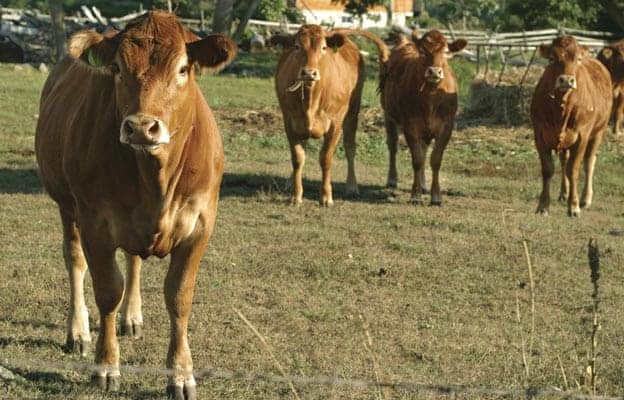;
;
;

A recent mad cow disease scare in Alberta likely won’t affect the roughly 282 beef producers in Waterloo Region but as South Korea has shown by issuing an embargo on Canadian beef, there may be room for concern. Sylvain Charlebois, professor of food distribution and policy at the University of Guelp
Last updated on May 04, 23
Posted on Feb 20, 15
3 min read
